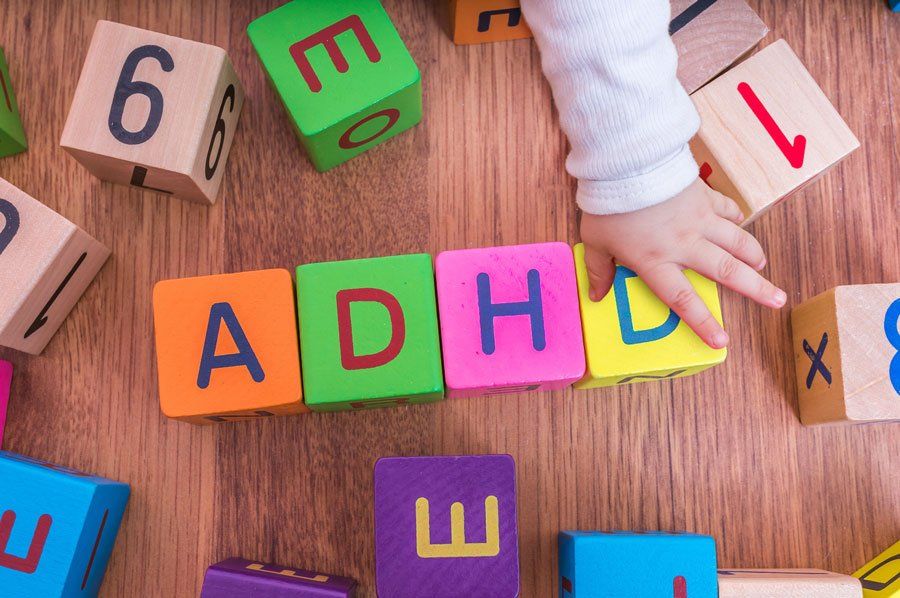Learn the Three Types of ADHD
Admin • May 27, 2020

For years, children have been diagnosed with attention deficit disorder (ADD). In recent years, however, the term ADD has been deemed outdated, and scientists now prefer the diagnosis attention deficit hyperactivity disorder (ADHD).
While the name encompasses a lot of symptoms, every child is different and is typically sorted into one of three categories. Learn about the three types of ADHD, how to test for the disorder, and ways children may act based upon the various categories.
Primarily Inattentive
The typical associations with the use of ADD refer to attention issues. When a child is primarily inattentive, they easily lose focus and fail to properly complete tasks. For example, when given a list of instructions, a child with primarily inattentive ADHD may not absorb them, even if the instructions were presented directly to them.
The child may struggle even more when given verbal instructions. As a child's caregiver, you may find you need to repeat instructions or use alternative ways to teach the child step-by-step directions. Other signs that your child may have primarily inattentive ADHD would be if they often lose items or forget where items were placed.
Through surveys and observation, a counselor will diagnose and determine the signs of primarily inattentive ADHD. A teacher will also help give insight on how a child performs during school and if any patterns appear.
Primarily Hyperactive
The H in ADHD stands for hyperactive and is often mixed with diagnoses for children who are inattentive. Hyperactivity includes a wide range of functions, including acting on impulse. Children who are hyperactive could make decisions without any rhyme or reason, or without processing the possible consequences of the actions.
The classroom often exacerbates a lot of hyperactivity symptoms. For example, children who are primarily hyperactive may rise up out of their seats more, become easily restless, or unintentionally break some of the classroom rules. They may also speak excessively.
You may notice little signs. For example, a hyperactive child could often fidget in their seats and may establish habits to help contain their hyperactivity. Possible actions include chewing objects like pen caps, pulling on strings, or tapping fingers and hands.
Through therapy sessions, a counselor will recognize habits in children. While some children could have hyper days, counselors will seek out patterns in the child to determine an exact diagnosis. Parents, caregivers, and teachers can also use various surveys to determine levels of hyperactivity.
Combined
Lines often blur when comparing the primarily hyperactive and primarily inattentive children. While a little overlap is expected, signs of both could lead to a combined diagnosis of both hyperactive and inattentive ADHD.
With a combined diagnosis, children may struggle in multiple areas of their life, including both school and home. Coming up with a combined diagnosis may involve all the surveys and tests used to diagnosis other versions of ADHD. When severe symptoms present themselves in a clear case of combined ADHD, a counselor may seek out special treatments.
For example, a child may have sessions multiple times a week, and you may consider medication as a treatment. A full evaluation and time spent with the child will help the experts best determine their diagnosis and plans. Every child is different, so a treatment plan will cater to their specific needs and behaviors.
Once you do have a diagnosis, you'll be able to treat them at home so their condition won't hold them back.
For more information on our professional services, contact us at Heritage Mental Health Clinic. We will set up a consultation for you and your child and help you plan a course of action.
